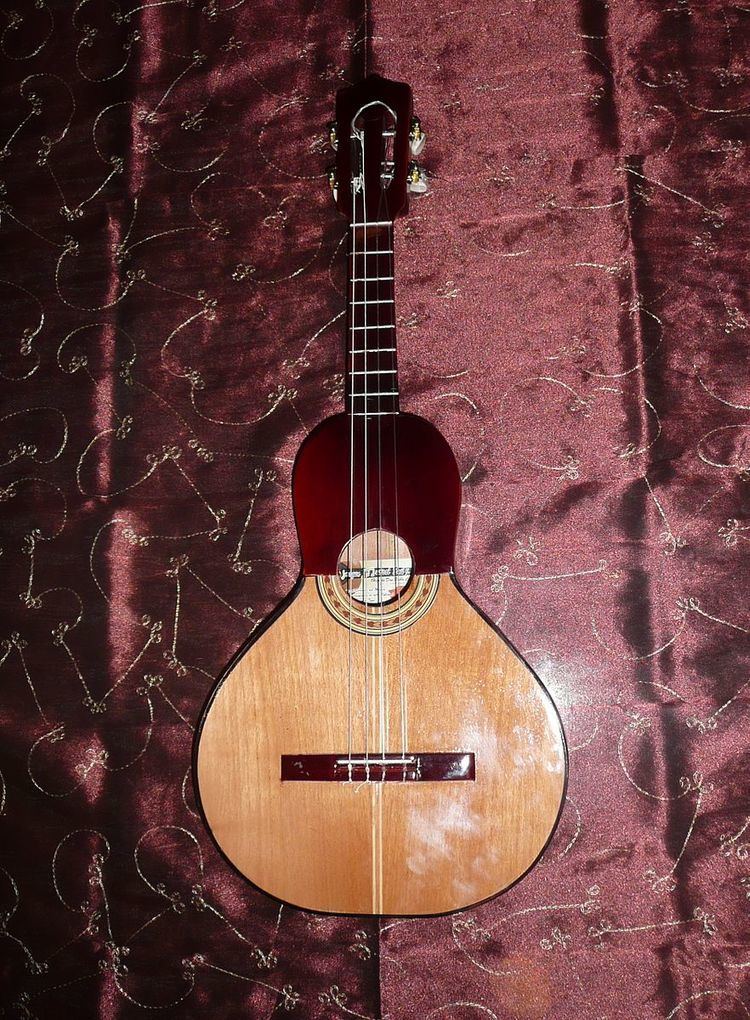 | ||
The bandola is one of many varieties of small pear-shape chordophones found in Venezuela and Colombia. They are related to the bandurria and mandolin.
Contents
Traditional varieties
Instruments known as bandola include:
Modern varieties
References
Bandola Wikipedia(Text) CC BY-SA
